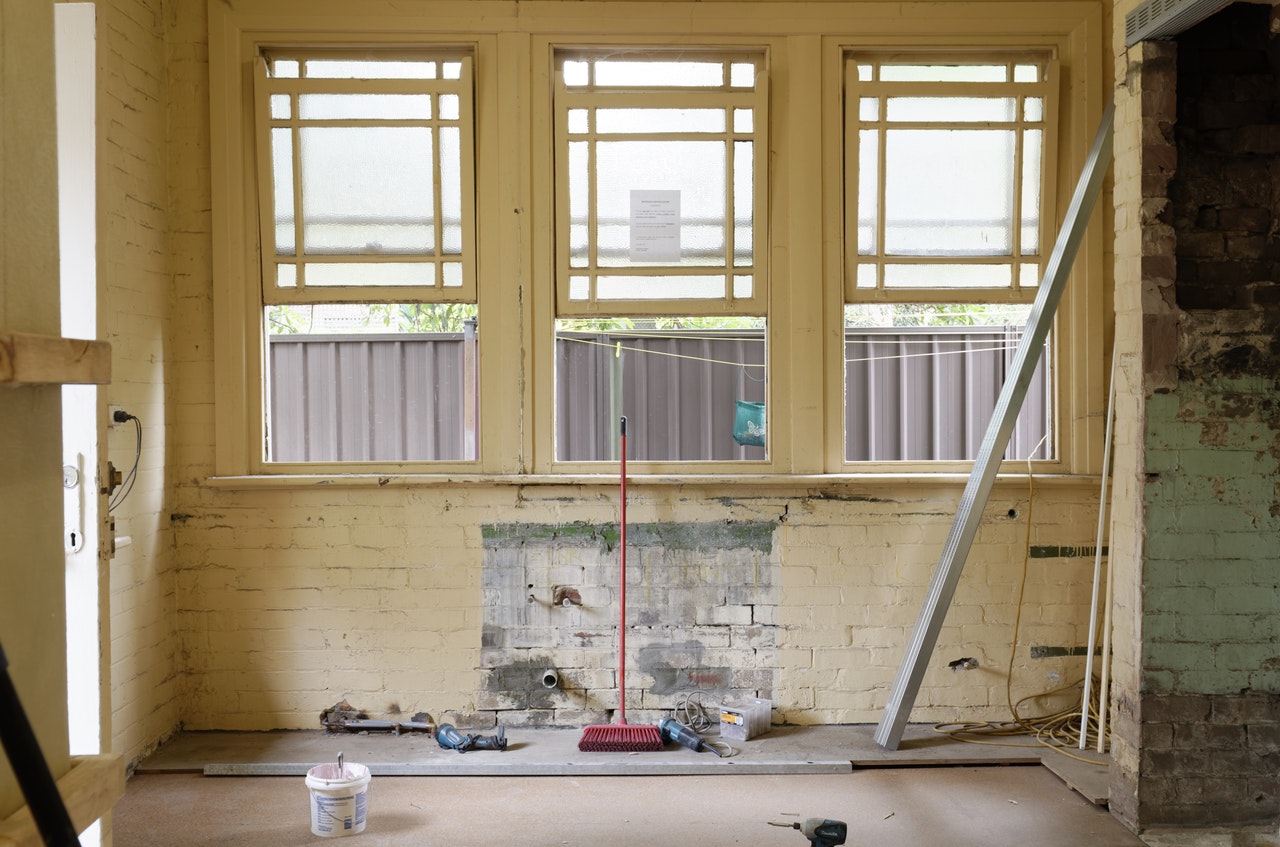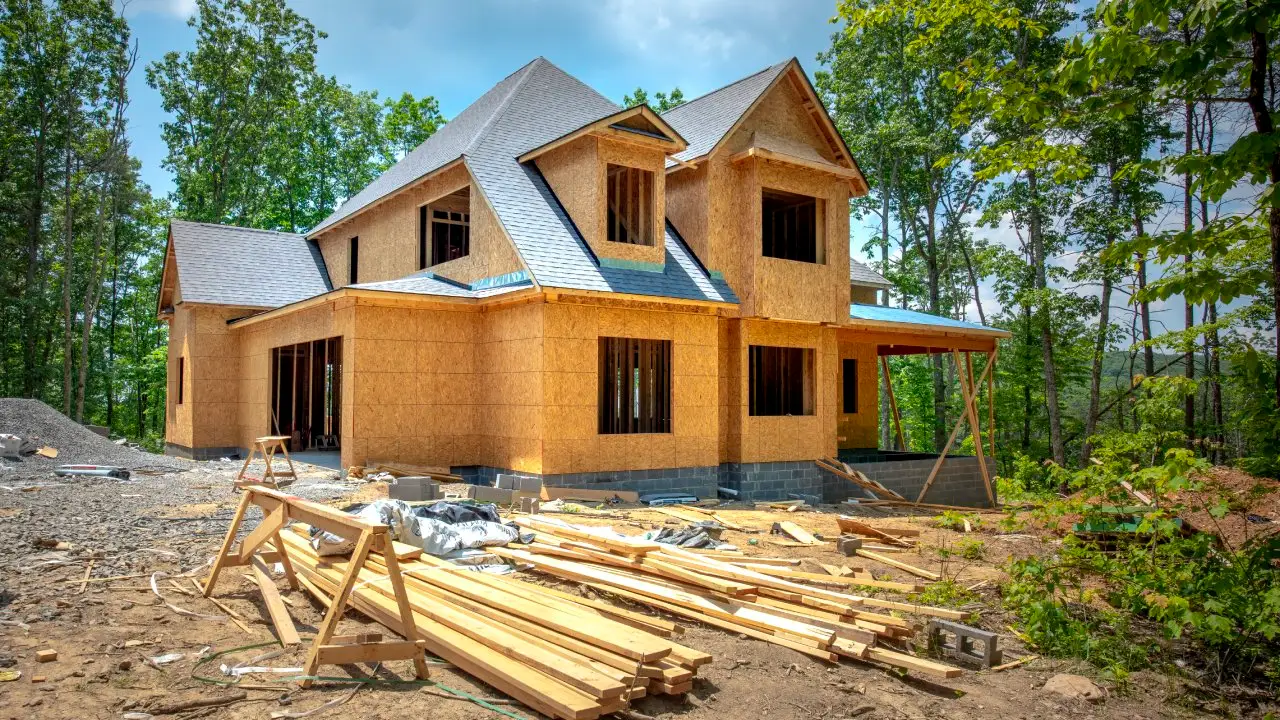From 2008-2015, the housing market took a significant downward turn. Foreclosures were prevalent in almost every housing development in California. By 2015, 1 out of every 2000 homes in California fell into foreclosure. According to the National Foreclosure Report, there were 43,000 completed foreclosures nationwide in January 2015. Even more alarming was the fact that from 2000-2006, there were 21,000 completed foreclosures per month nationwide.
As a corollary, many investors purchased these foreclosed properties for record low prices merely to renovate them and resell at a significant markup. This was commonly known as “flipping” houses. This flipping trend became sensationalized with several television programs such as “Property Brothers”, “Flip or Flop” and “Flipping Out” to name a few. The popularity of these programs inspired several investors to make cosmetic repairs such as new paint, new appliances, upgraded countertops and floors, etc. and re-sell the homes for significant profits. This house flipping trend was extremely profitable for investors until 2016.
However, since 2015, the rate of foreclosures per month has drastically reduced. For January 2018, the California foreclosure rate was less than 3000 homes, and nationwide less than 10,000. With the economy improving, the inventory of foreclosed properties has shrunk. Moreover, the housing industry as a whole has improved which has drove up the prices for even older homes. It is simply now too cost prohibitive to spend a large amount of money to buy these “fixer upper” homes and invest significant monies into rehabilitating these homes – the profit margins are no longer viable for this home flipping industry.
Additionally, there is a significant risk of liability to home flippers when major home defects are discovered after the sale of the renovated property. For older homes, larger ticket items such as roofs, plumbing, electrical or windows which typically required repairs in older homes are ignored as cost prohibitive in favor of the cheaper and more visible cosmetic repairs discussed above. There are also instances when the renovations cause more damage or cover up damages to the home. It is imperative that companies who specialize in flipping houses have licensed, bonded and insured contractors to perform the work necessary to ensure that the homes meet all current building and safety standards, and in the event of litigation from buyers that there is ample insurance coverage for these claims.




